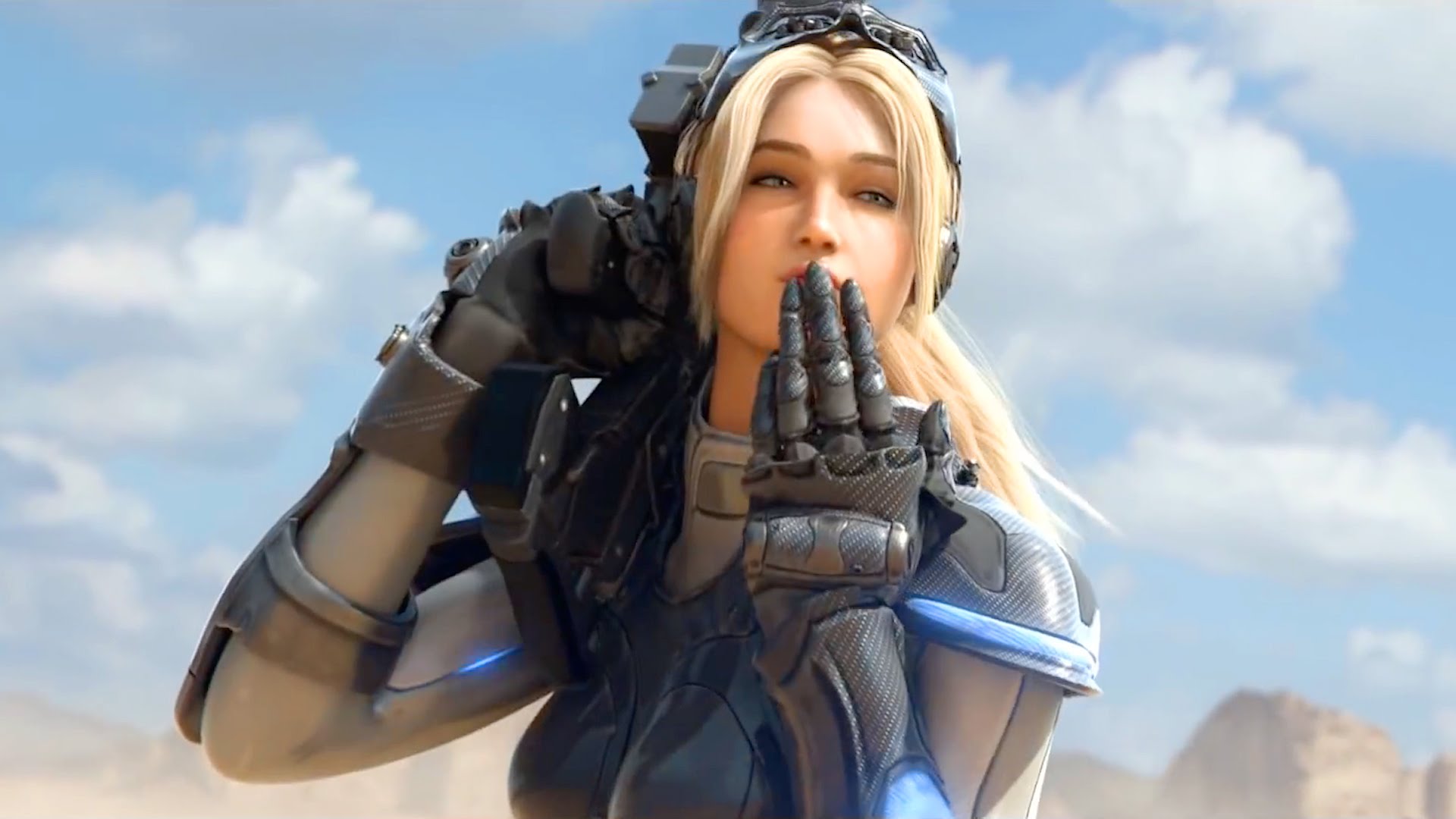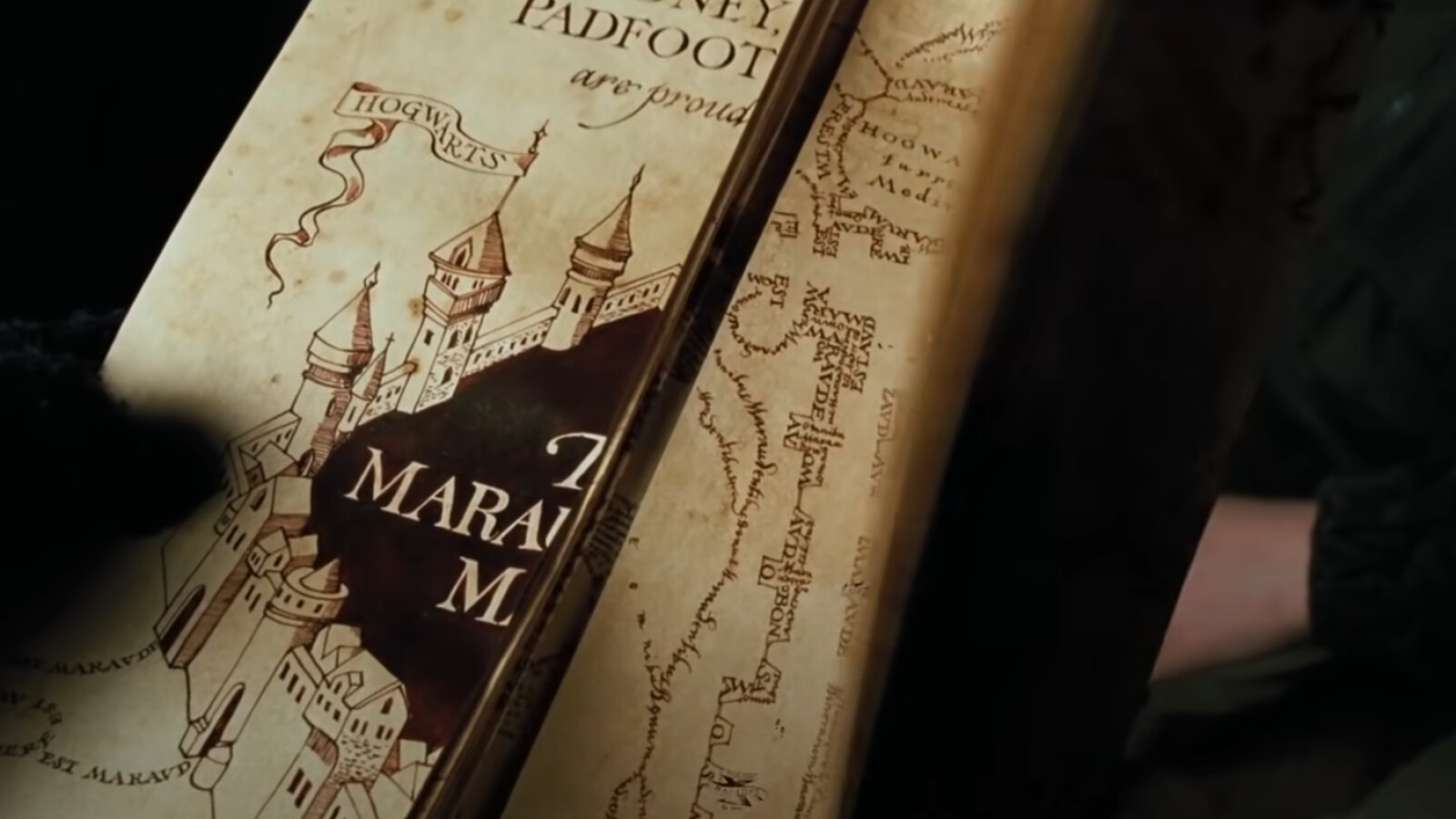NFT seems to be the hot shit right now and quite a few game developers want to jump on it. This is not so well received by the players – after Ubisoft, GSC Game World now had to row back as well.
GSC Game World actually wanted to jump on the NFT bandwagon at STALKER 2 – Heart of Chernobyl and also integrate non-fungible tokens into the game. The studio wanted to sell three NFTs through an auction. The owners at a certain point in January should then even be integrated into the game as a lifelike Metahuman. More NFTs should follow.
The reaction of the fans, however, was much less enthusiastic. As with Ubisoft’s Quartz NFT program recently, the idea met with widespread and furious rejection. As a result, GSC Game World has now rowed back and dropped all NFT plans for STALKER 2 – Heart of Chernobyl.
A statement on Twitter said: “The interests of our fans and players are the top priority for the team. We make the game for you so you can enjoy it, whatever it costs. If it is important to you, it is it’s important to us too. “
The NFT issue is currently controversial. Ubisoft recently announced the Quartz program via video for Ghost Recon: Breakpoint, which NFTs wanted to introduce in the form of unique cosmetic items, among other things. After angry reactions from fans, Ubisoft withdrew the announcement video just a day later. Apart from the removal of the announcement video on YouTube, the company has not yet said goodbye to the crypto experiment or further commented on criticism.
Kickstarter also wanted to turn to the topic of blockchain and hailed the idea as the future for crowdfunding projects. Here, too, the reaction was strict rejection on the part of the users. With the reaction to this, Kickstarter is likely to make even fewer friends than theirs Statement on Twitter Sounds a lot like “okay, we still think that’s great, you just don’t get it”.
NFTs are currently receiving a lot of criticism in general. Basically, these are one-time certificates for “digital works of art” that are registered via blockchain and are therefore unique, but can be reproduced. So there is no physical equivalent and what happens to your expensive virtual property if, for example, the game servers are switched off during a video game NFT, is also questionable.
However, there is even more criticism because NFT transactions are based on the crypto currency Ethereum, which, like the generation of all crypto currencies, consumes an immense amount of energy. The British artist Memo Akten recorded electricity consumption with figures. Generating an NFT consumes 142 kilowatt hours, i.e. a CO₂ footprint of 57 kilograms.
There was not only a trailer for the new STALKER at the Microsoft Bethesda Showcase, but also a date, namely April 28, 2022.









